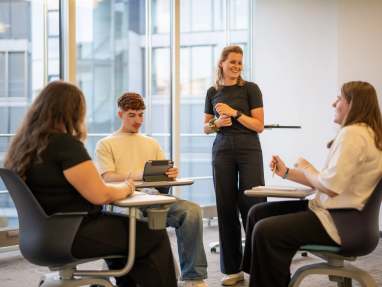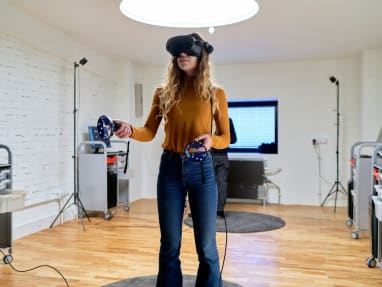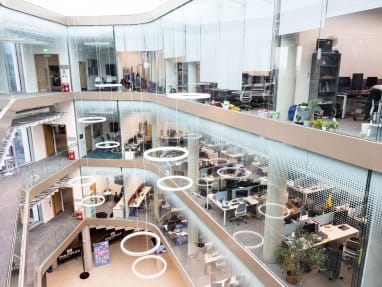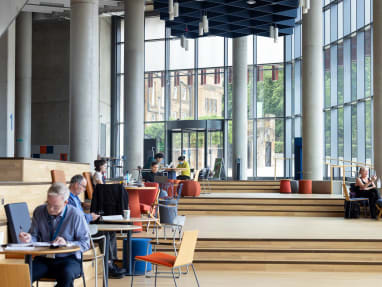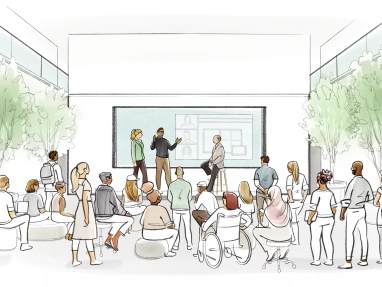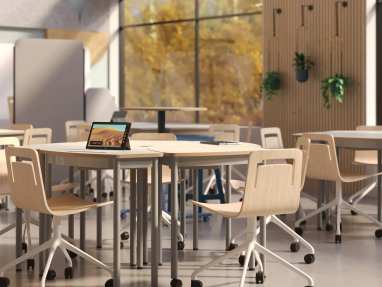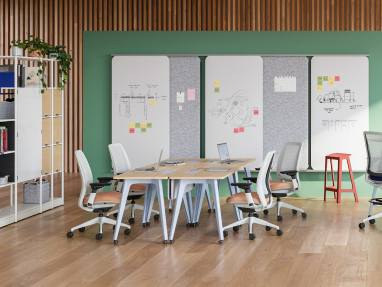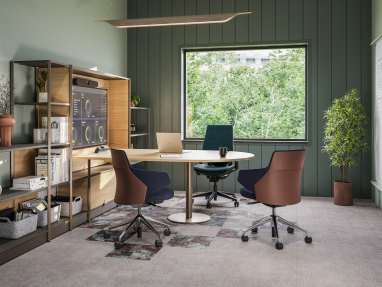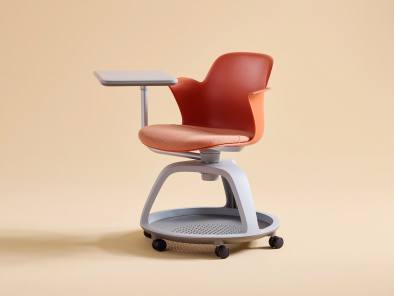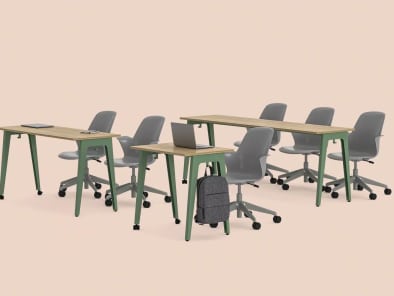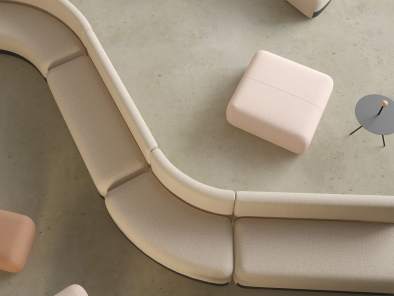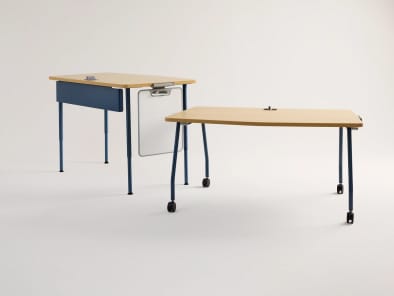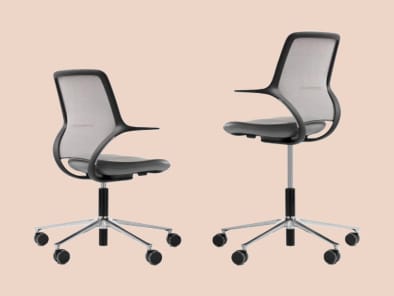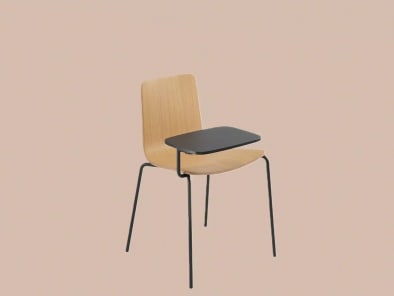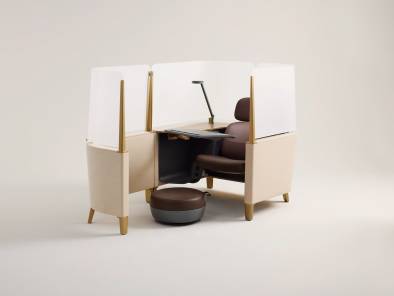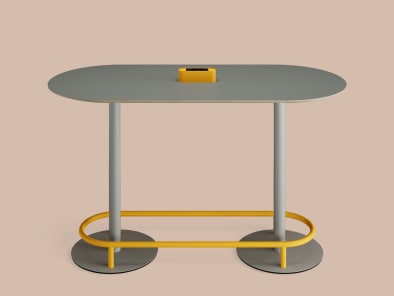At Steelcase Learning, we inspire a life of learning by creating places that engage and ultimately empower people, within and beyond the classroom.
Our Learning Portfolio
Throughout our history we’ve focused on how the design of spaces can impact every stage in a learner’s path
— from school to higher education, and eventually, to work experience and beyond.
In everything we do, we believe in a life of learning.
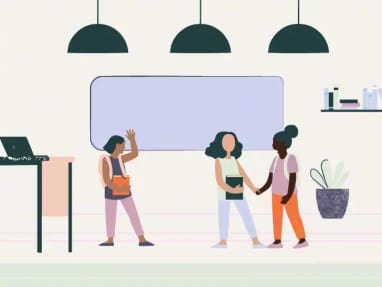
PRIMARY & SECONDARY SCHOOLS
With our Steelcase Community of Brands, including our partner brand Vanerum, we offer thoughtfully designed furniture solutions for both primary and secondary schools. Our School furniture support dynamic, inspiring environments where students and teachers thrive. From flexible classroom layouts to ergonomic designs, we help shape spaces that grow with learners.
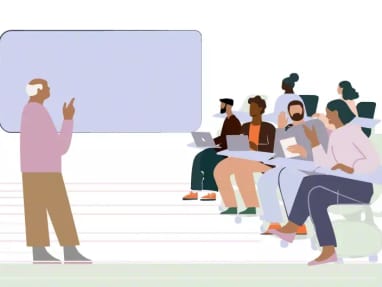
UNIVERSITIES & HIGHER EDUCATION INSTITUTIONS
We help Higher Education institutions design spaces that empower lifelong learning and meaningful connections by creating inspiring, flexible learning environments. From libraries to collaborative commons, from faculty spaces to cafeterias, our furniture solutions support diverse learning styles, foster creativity and collaboration, and integrate seamlessly with technology.
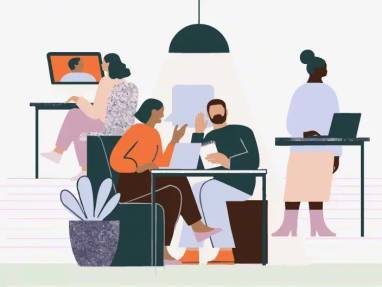
ADULT EDUCATION & CORPORATE LEARNING
Lifelong Learning never stops! We design flexible, tech-enabled spaces that support corporate and adult learning. Whether in workshop rooms, seminar spaces or hybrid settings, our furniture solutions foster collaboration, creativity, and focus. Integrated technology allows seamless participation—on-site or remote—so teams and trainers can connect, share, and grow from anywhere.
Client Projects & Research
We know that learning is different for everyone. We serve the unique needs for each level and type of learning, while also understanding the common threads that improve learning outcomes. We are happy to share the findings that we gathered through our human-centered research approach featured in our research articles and our learning newsletter.
And, we’re always learning, too — from schools, colleges, universities and educational organizations that we partner with throughout the world. From K–12 to higher education, see how institutions are creating dynamic, student-centered environments that support better learning outcomes. Our featured projects showcase real-world solutions designed to foster engagement, flexibility and student success.
SRH University’s New Berlin Campus
SRH University’s new Berlin campus embodies their progressive learning philosophy. The reimagined campus features a dynamic ecosystem of spaces that optimally support learning and working.

Steelcase Learning Space Analysis & Consultancy
Our human-centered, primary research approach gives us the insights to design solutions for the specific conditions that students, educators and institutions face, in both current and emerging learning environments. In everything we do, we believe in a Life of learning. We’re helping to create spaces that can prepare people to grow and thrive, in all the places where learning happens.
Would you like to experience first-hand how an inspiring learning environment affects your students’ learning and social behavior?
Would you like to learn more about the future of learning and how well-designed room layouts can stimulate active learning?
Our team of experts will be happy to advise you and work with you to develop solutions for your learning spaces. Contact us for a first consultation.
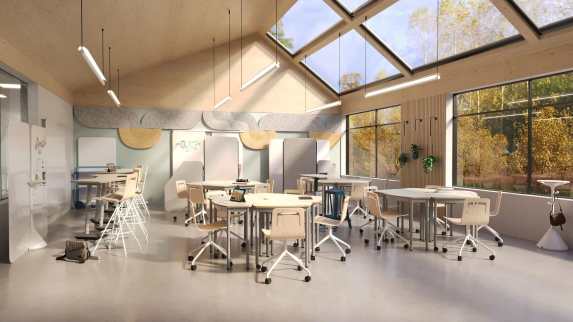
Learning Spaces
Classrooms
Classrooms that are highly engaging seamlessly support many modes of learning. Classrooms must offer a great variety of settings and resources to support all the different ways learning happens today.
Libraries + learning commons
Libraries and Learning Commons form the beating heart of the campus. They have a major influence on the atmosphere and identity of learning institutions and are greatly valued by educators and students.
Faculty + administration spaces
Faculty and administration space are highly specialized workplaces and need and deserve attention. Because the wellbeing and efficiency of these teams and individuals are key to the success of the whole institution.
Let’s Get Started
Our team of Learning experts is looking forward to your message!



